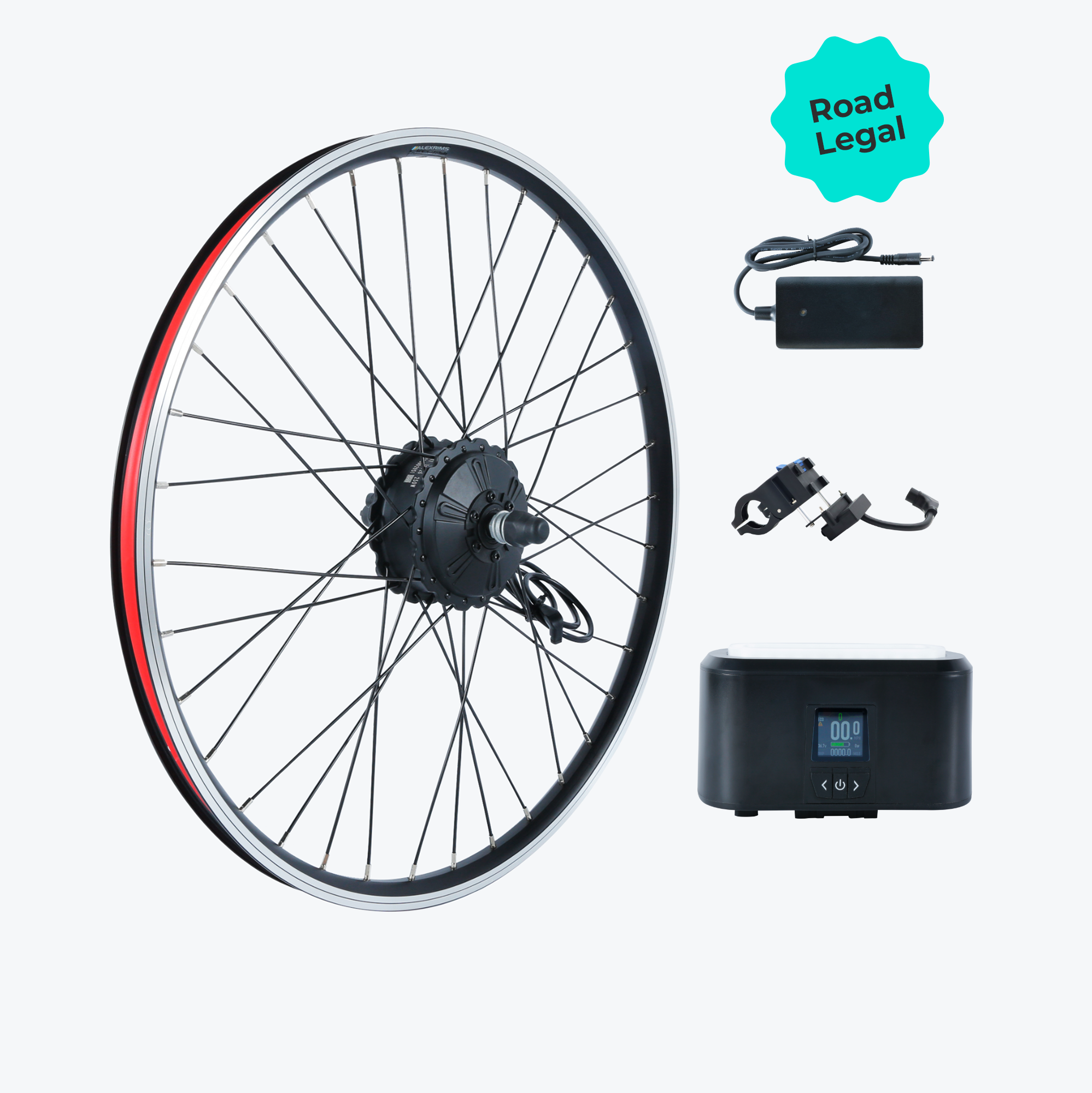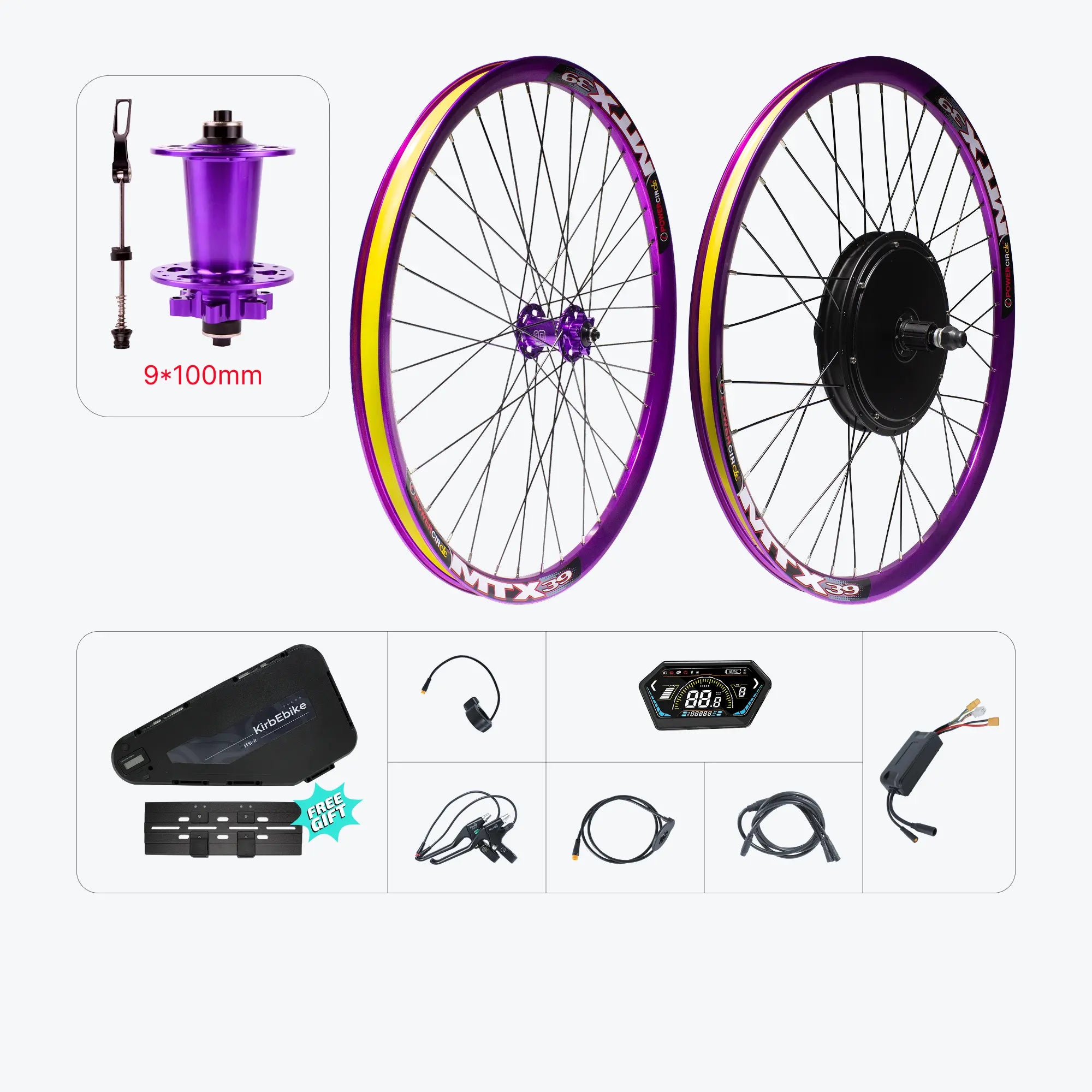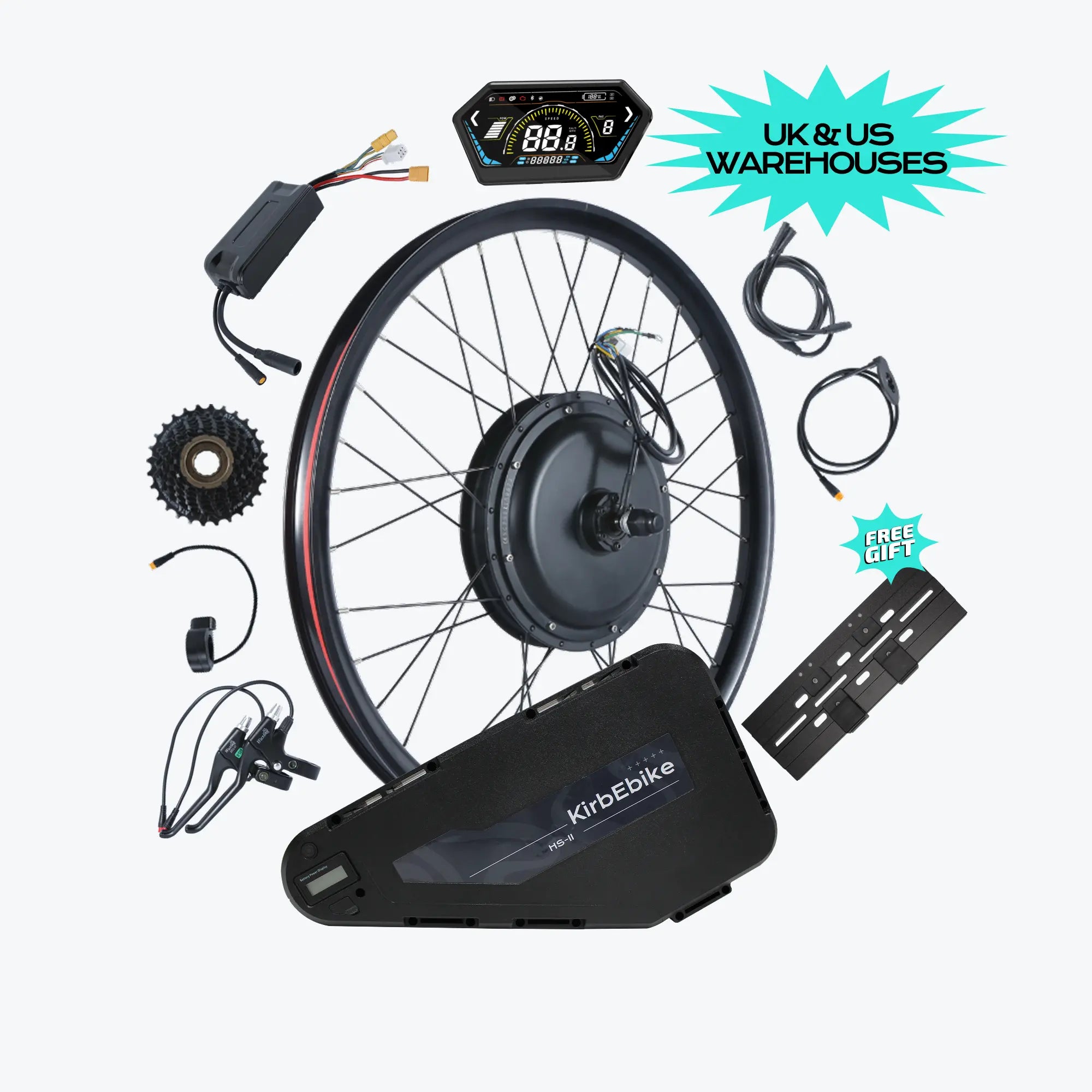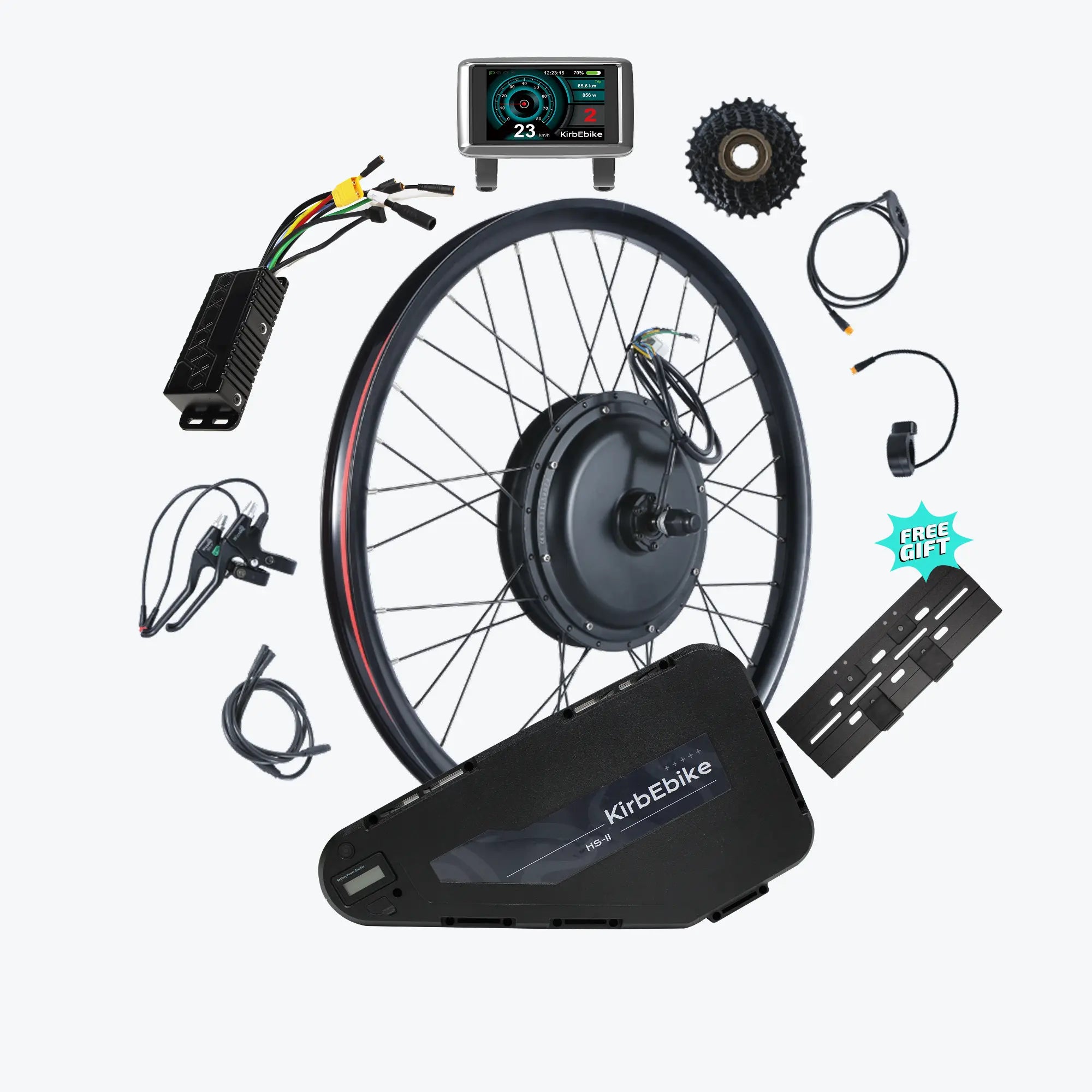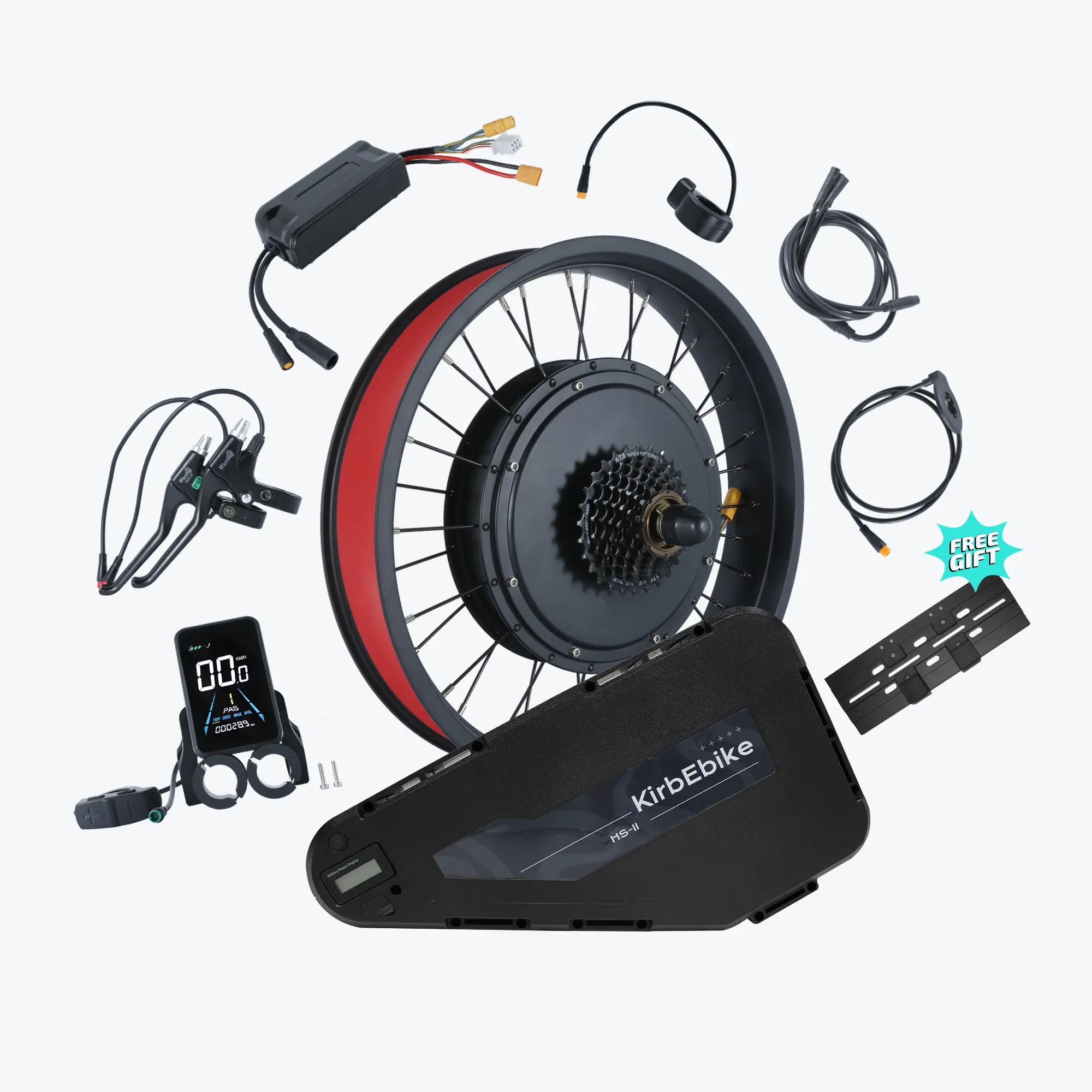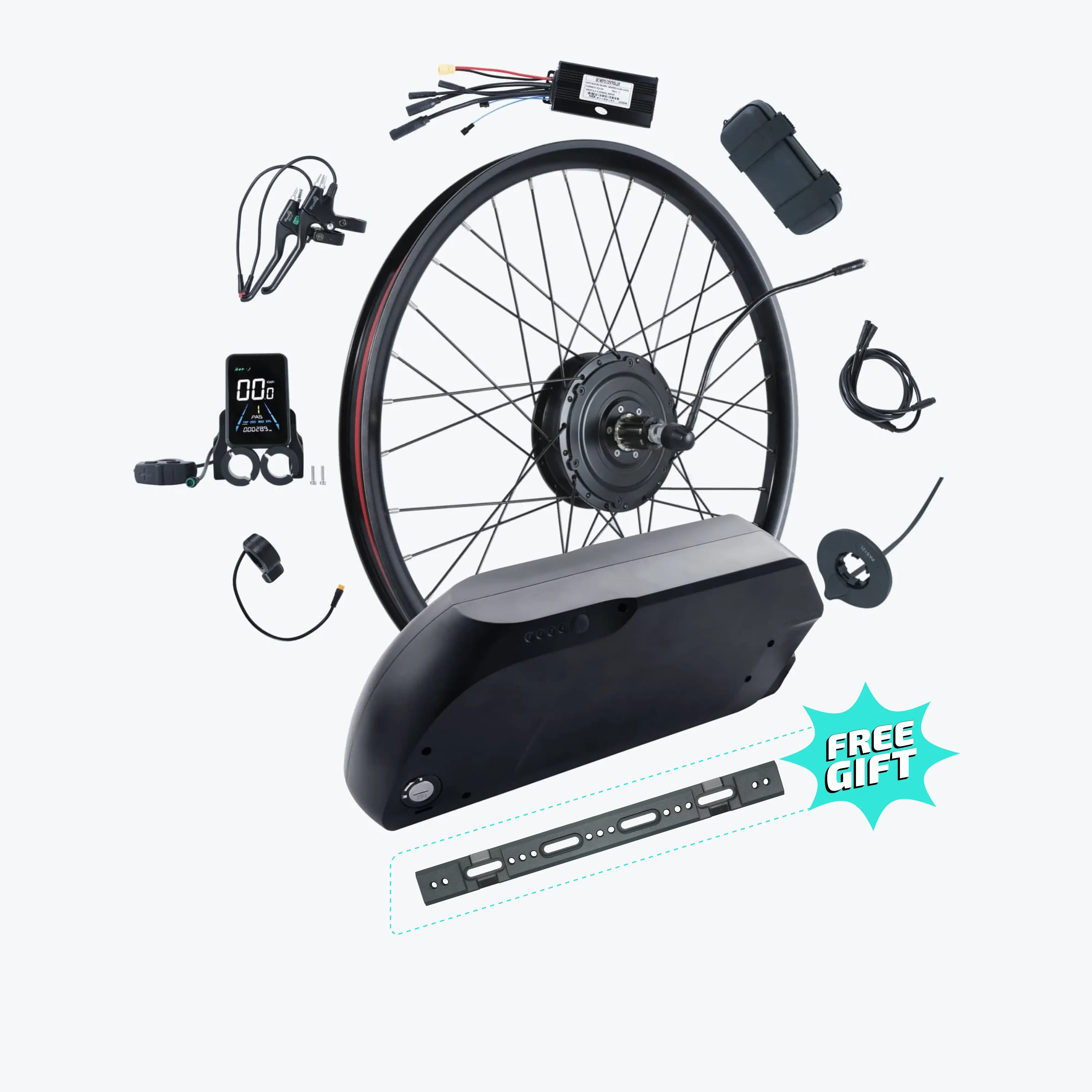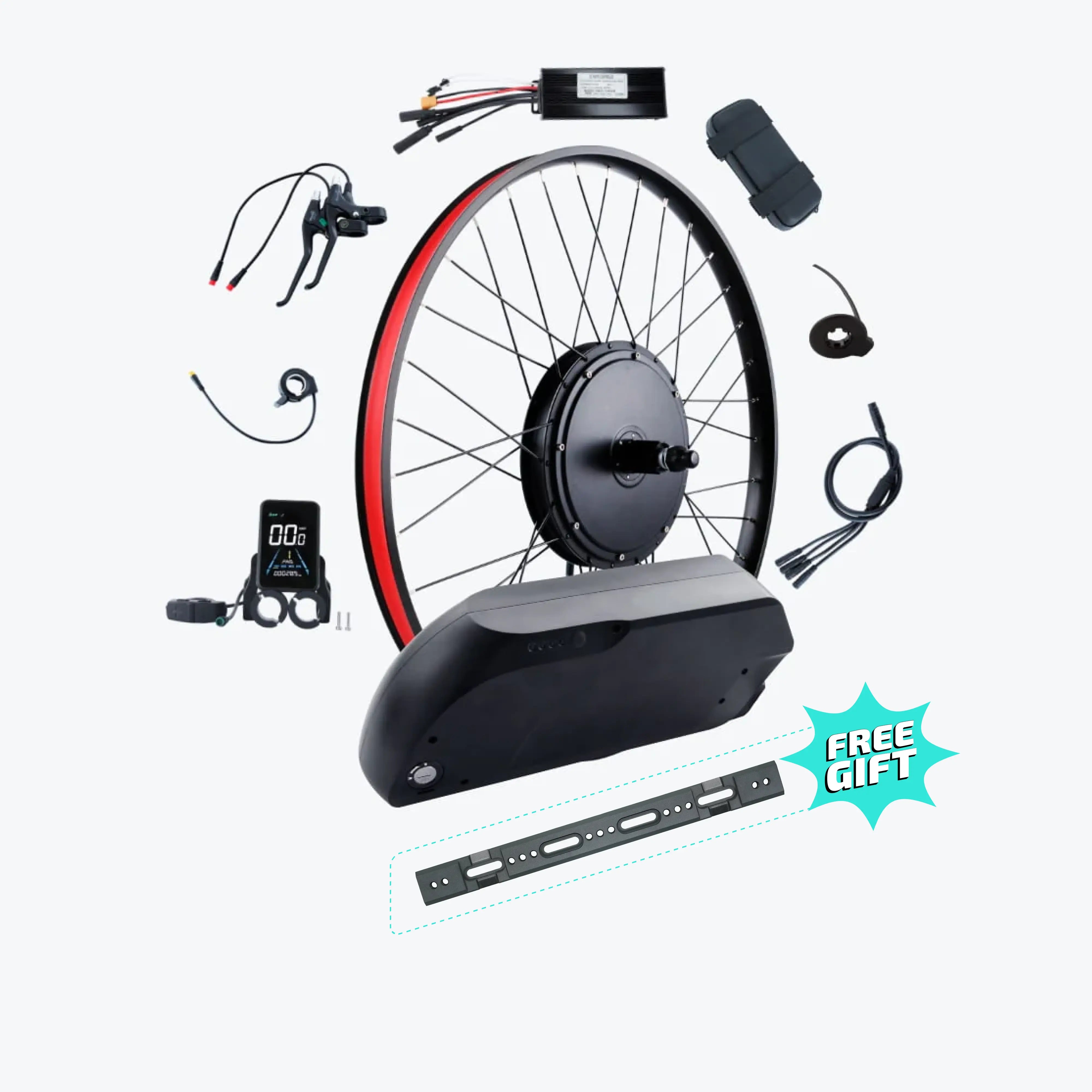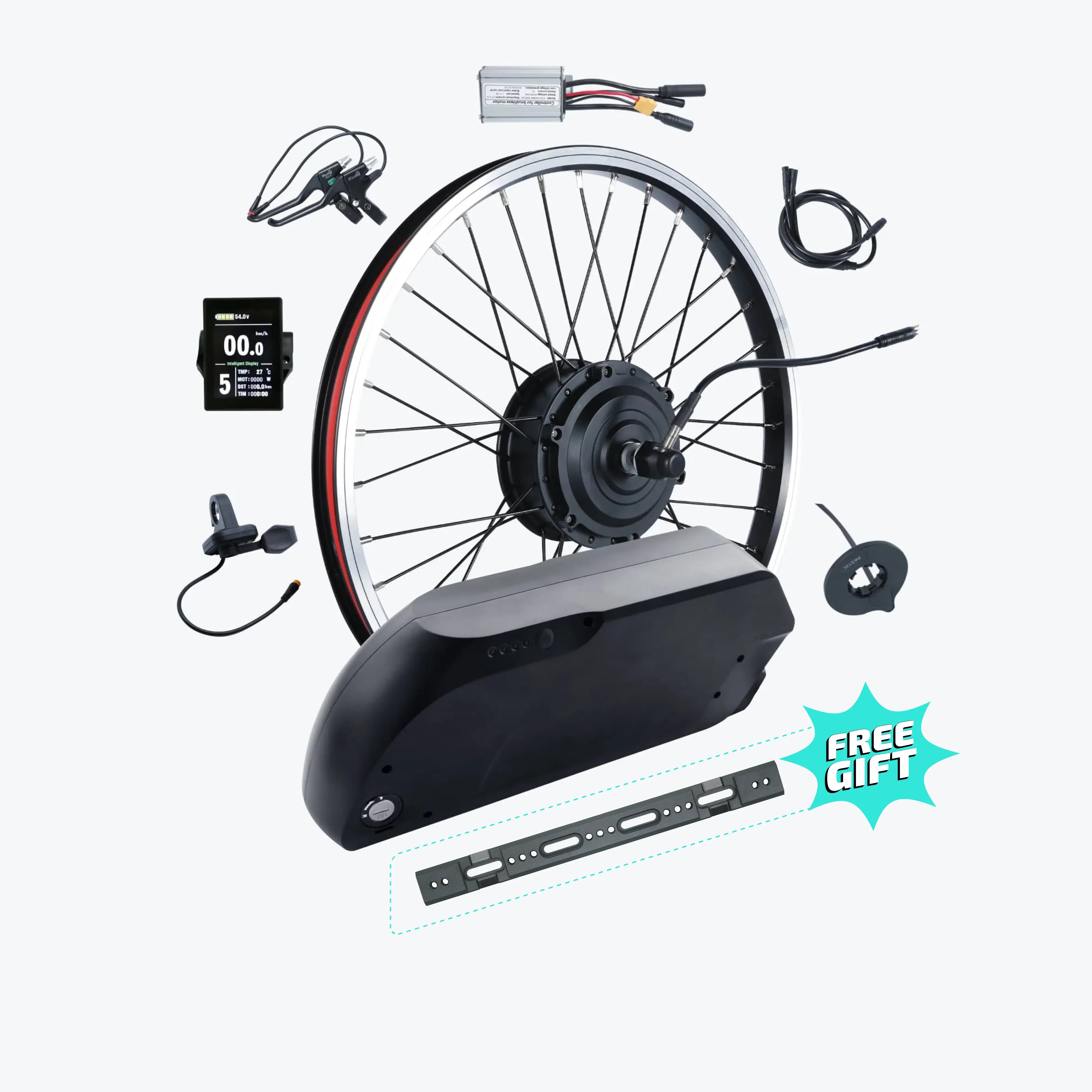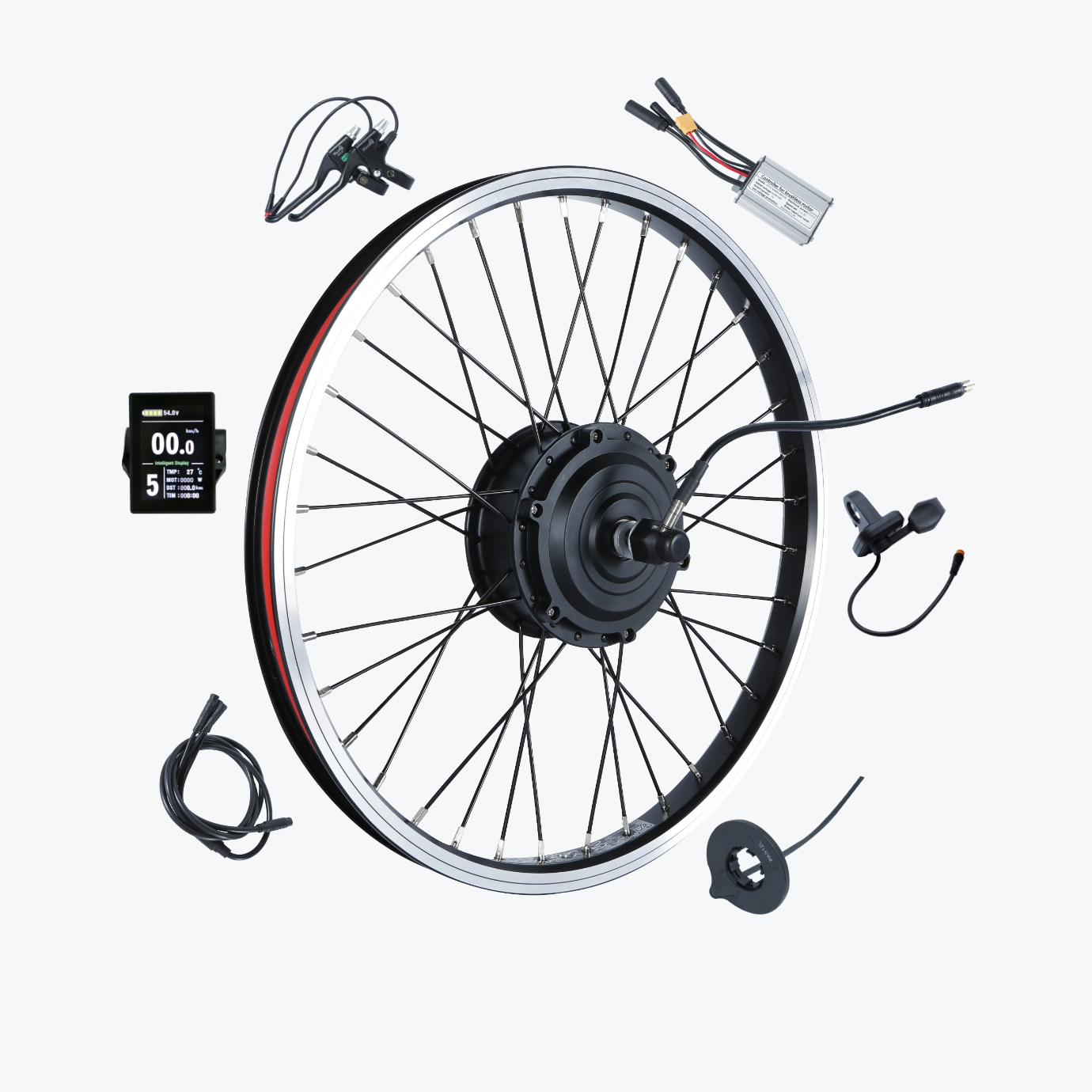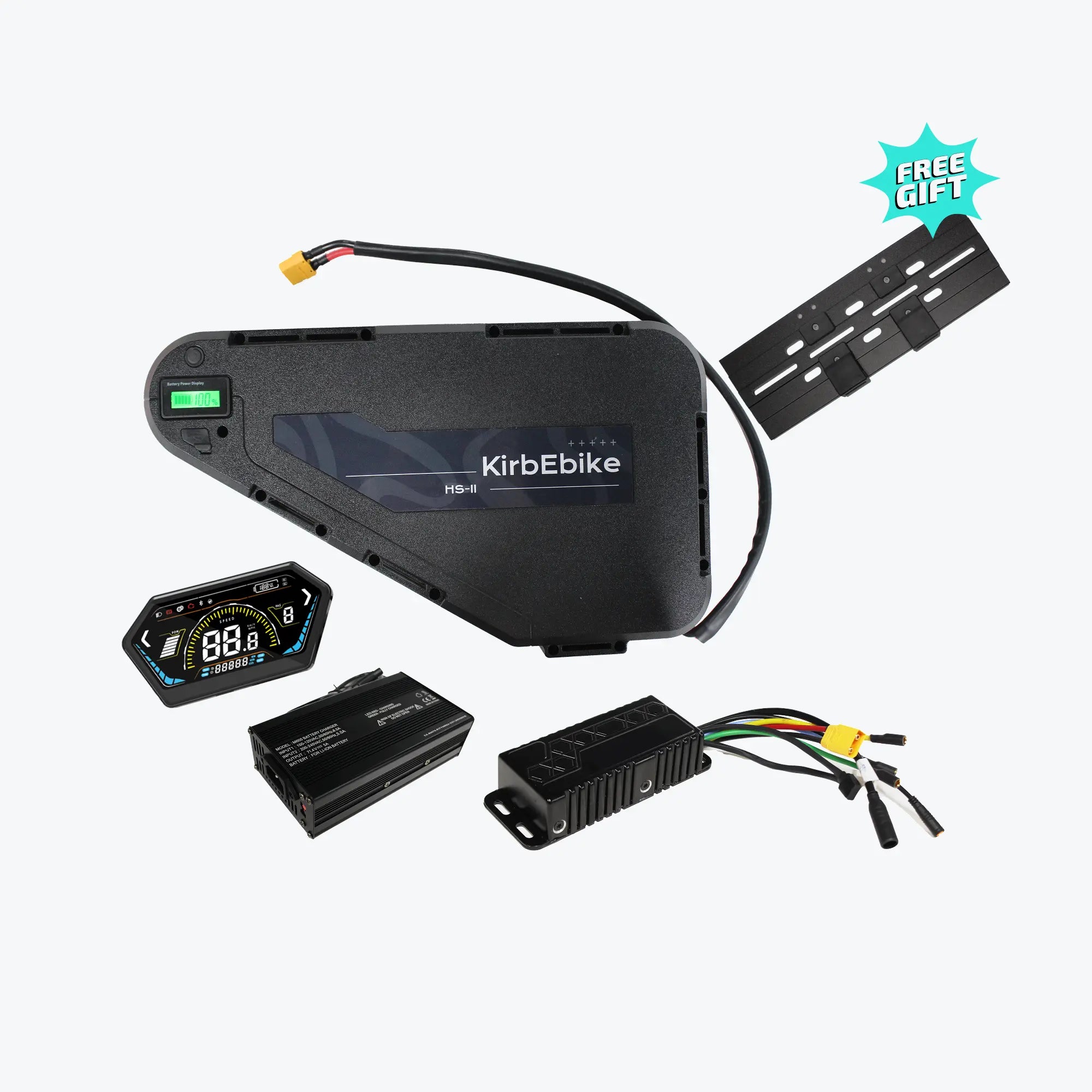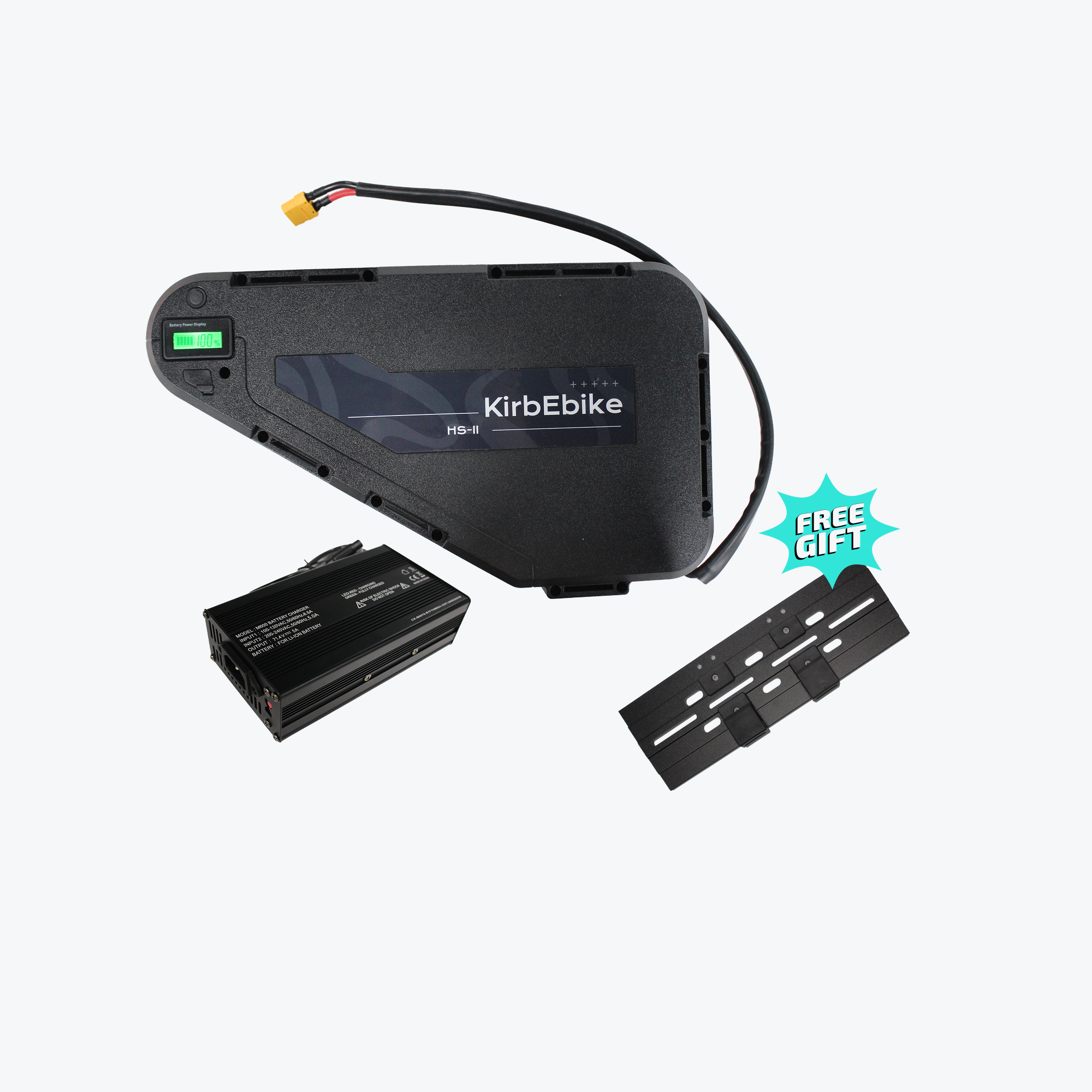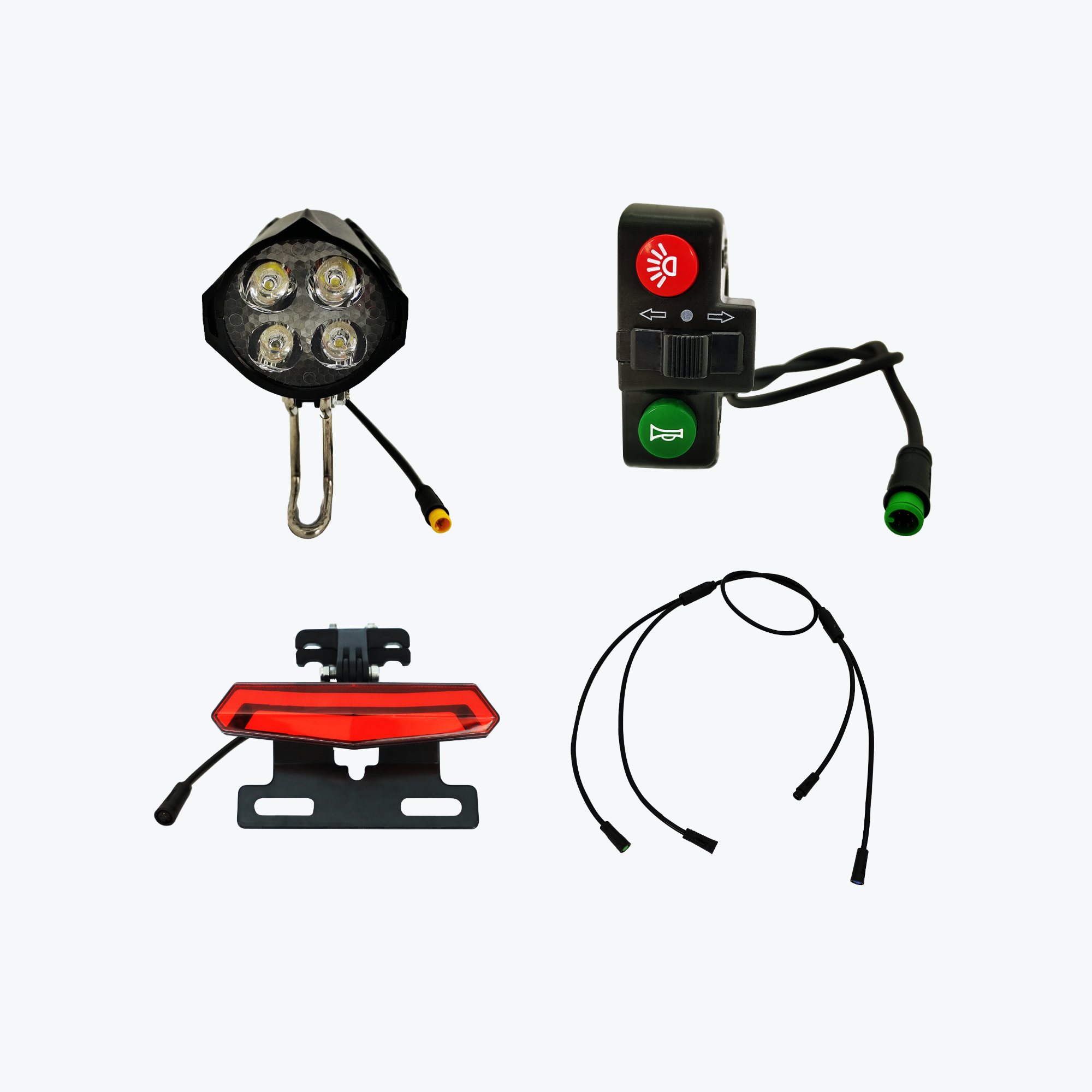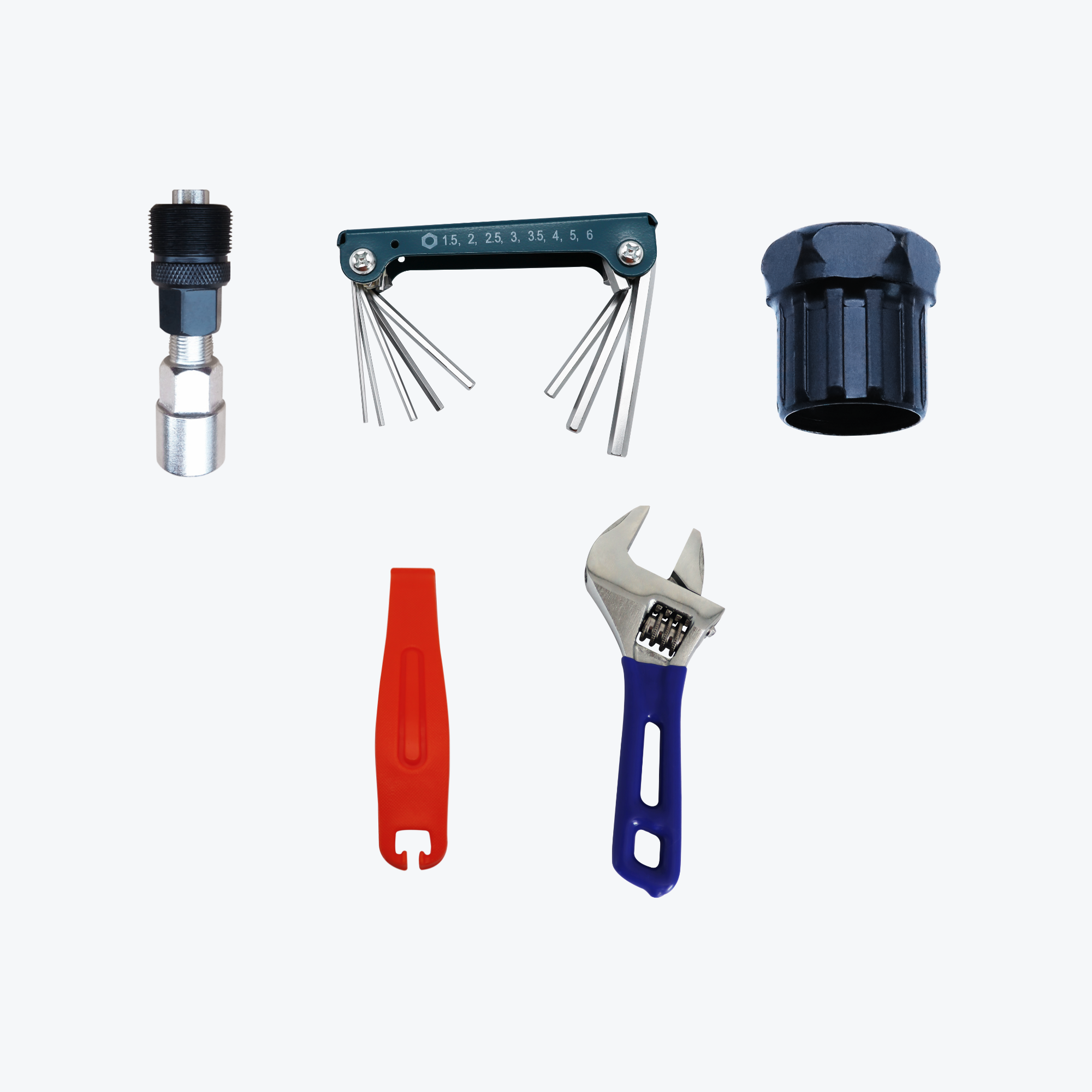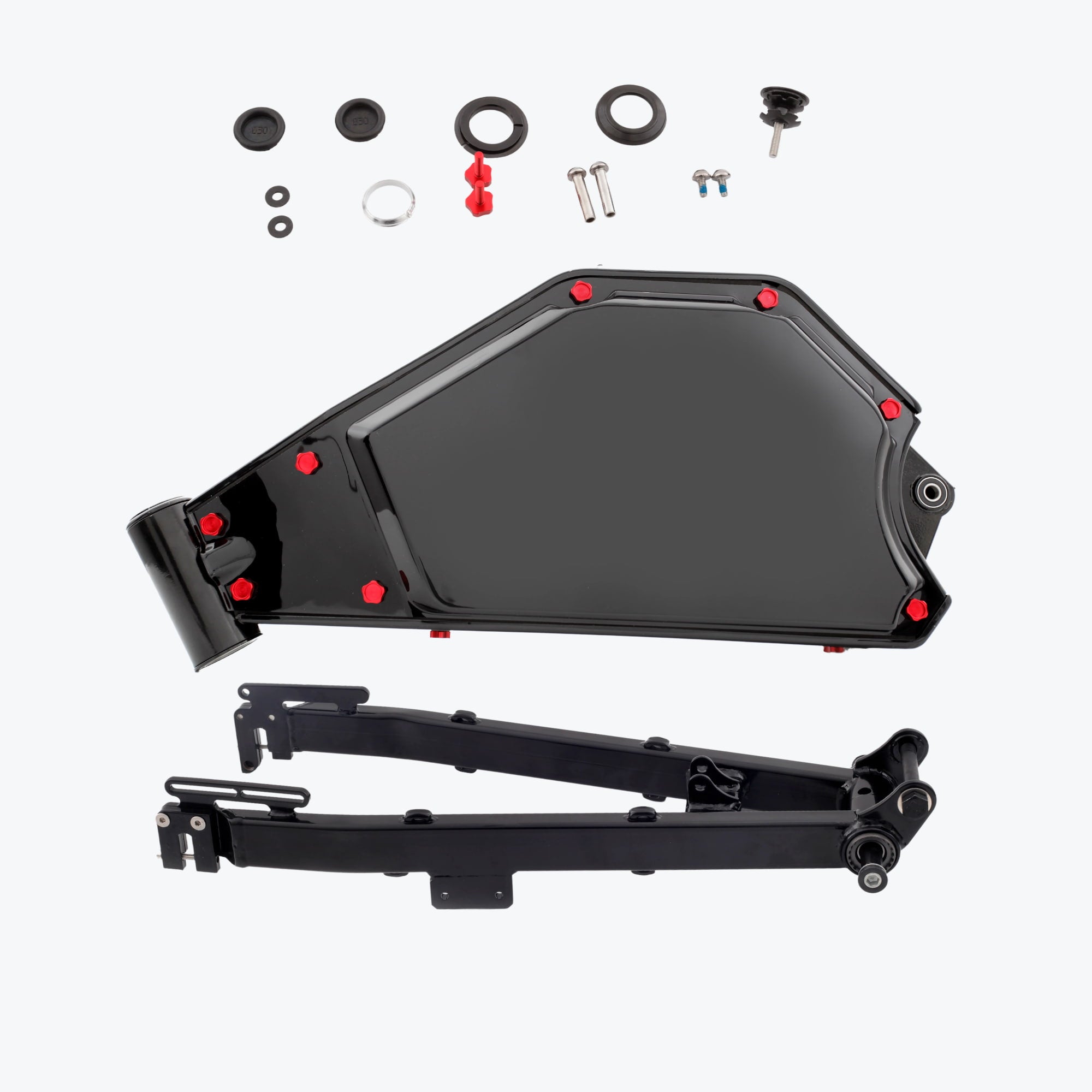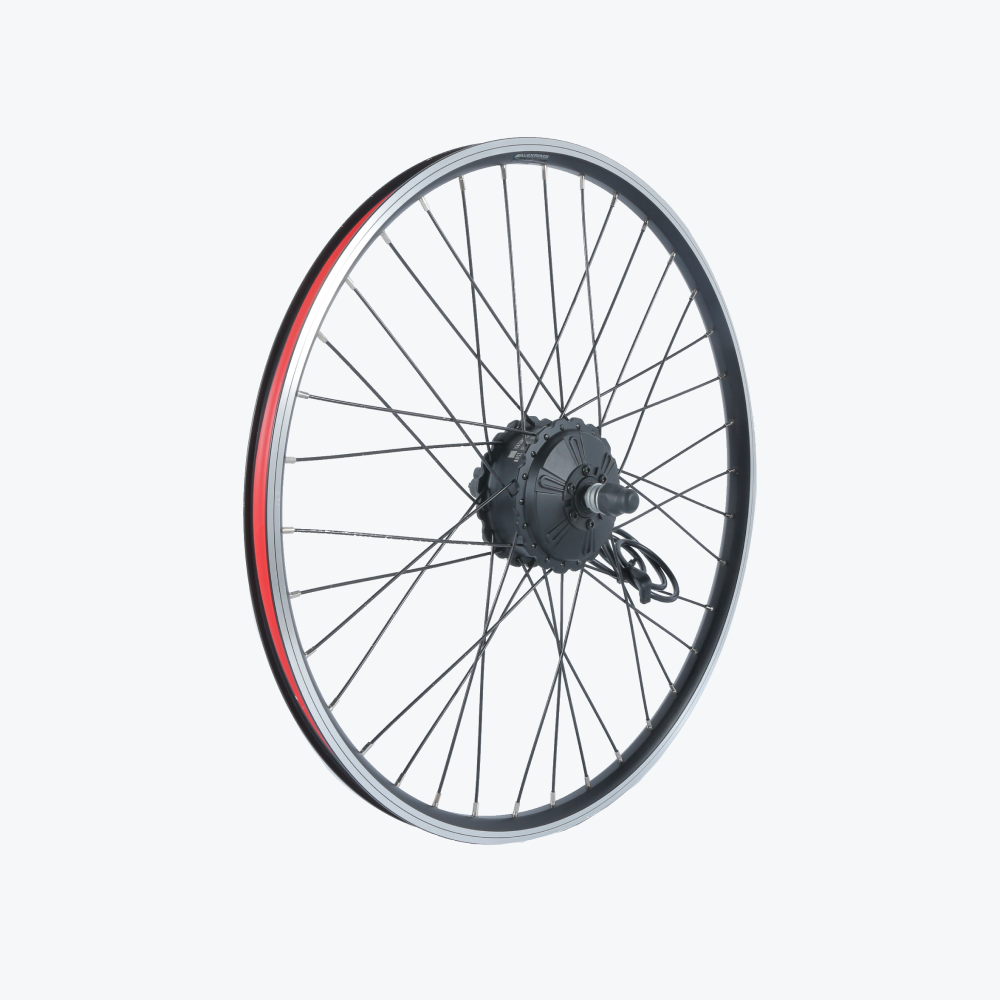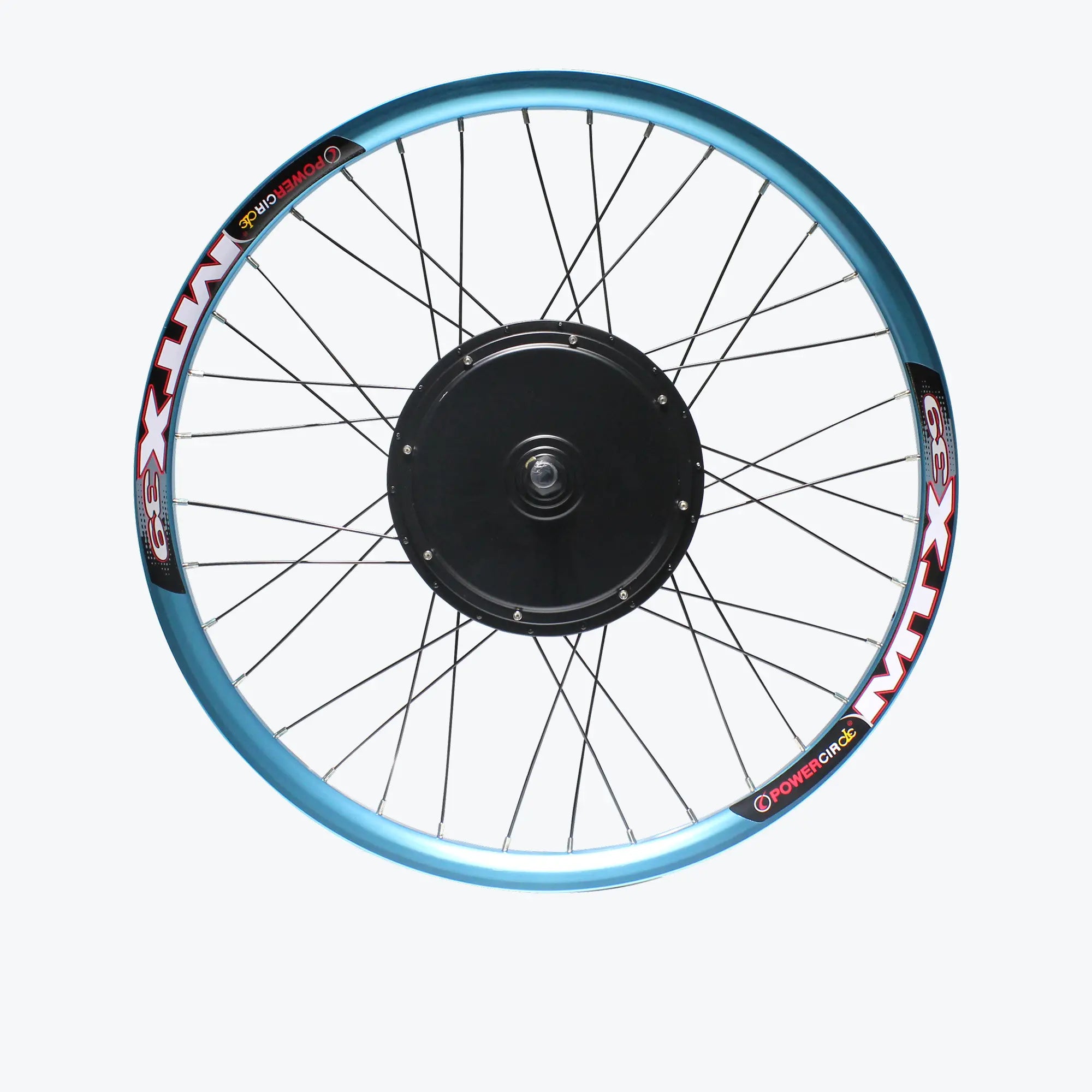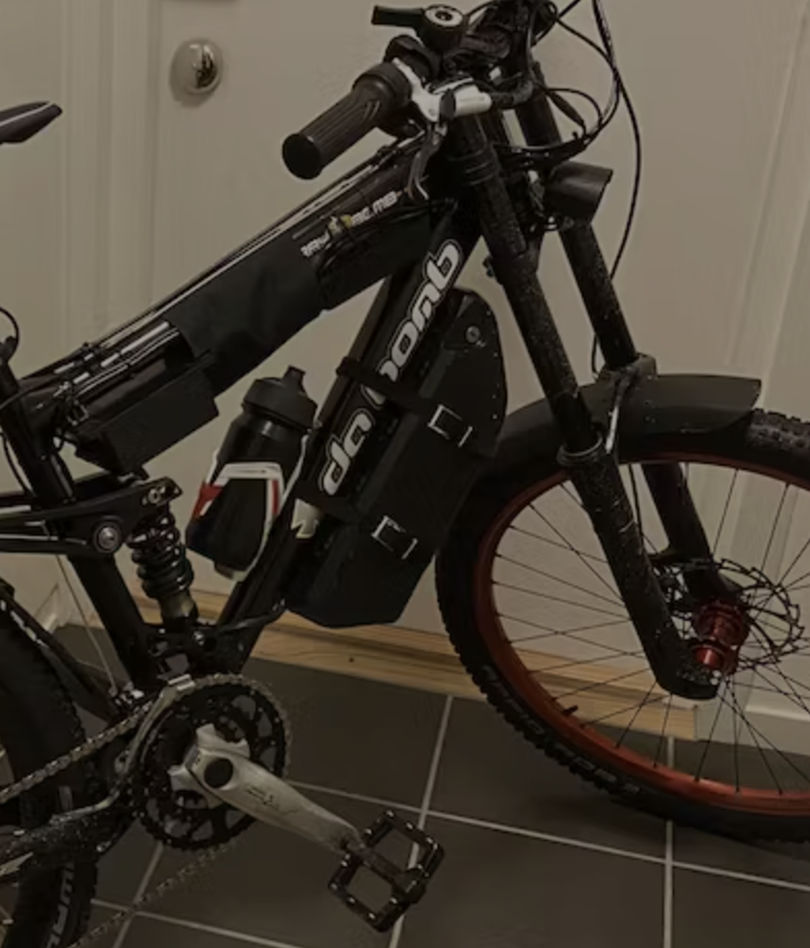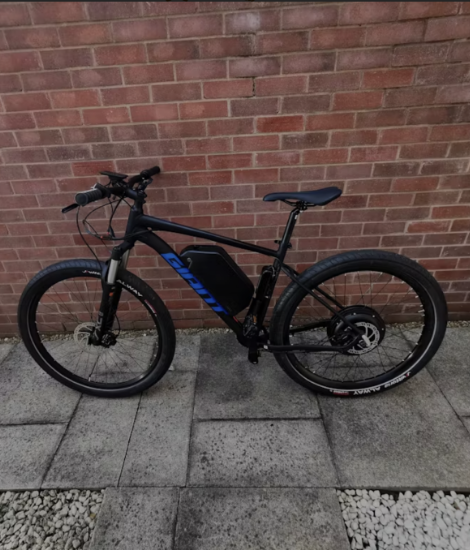Surging e-bike demand emphasizes the pivotal role of batteries in performance. A top-tier battery not only guarantees efficient power but also influences speed, range, and durability. For manufacturers, selecting the optimal voltage, be it a 36V battery for electric bike or a 48V e bike battery, profoundly impacts product success in the market.
36V electric bike

Pros:
Affordable: 36V e-bikes are often more affordable and suitable for a wider range of riders.
Energy efficient: They tend to be more energy efficient and can travel longer on a single charge.
Lighter weight: 36V systems are typically lighter and easier to handle and transport.
Disadvantages:
Reduced power: They may lack the absolute power and torque of a high-voltage e-bike, which can affect performance on steep hills or heavier loads.
Limited Speed: While 36V e-bikes can still go fast, they may not be able to reach the higher speeds of 48V e-bikes.
48V Electric Bike

Pros:
Higher speed and torque: 48V e-bikes pack a bigger punch, providing faster acceleration and greater hill climbing ability.
Longer life: Their batteries tend to last longer, ensuring they can cover more ground on a single charge.
Versatility: 48V systems are versatile and can handle a variety of terrains and riding styles.
Disadvantages:
Higher Cost: In general, 48V e-bikes are more expensive due to their enhanced performance.
Voltage Basics:
Voltage is the core parameter of an e-bike battery, measuring the force of current pushing through the battery. Different voltages directly shape the performance, range, cost and compatibility of e-bikes.
First of all, voltage is closely related to performance. Higher voltages typically result in greater power output, improving acceleration and top speed. When challenged with more complex riding scenarios, such as climbing hills, a 48V system may have an advantage over a 36V.
Second, voltage has a profound effect on range. Higher voltage lowers current and reduces resistive losses, thus improving energy efficiency. However, it should be noted that range is affected by multiple factors, including battery capacity. Correctly matching a high voltage to a battery of sufficient capacity is the key to ensuring longer range.
Voltage selection is also related to cost and compatibility. Higher voltage systems tend to be more expensive, and the associated components may be more expensive. Manufacturers need to balance voltage, performance, cost and market demand to ensure that their products are competitive in the marketplace.
There is a direct relationship between voltage and power, with power equaling voltage times current. Correct voltage selection matches the motor and controller to ensure efficient operation of the system. Voltage is the core parameter of an e-bike battery and measures the driving force of the current in the battery. Different voltages directly shape the performance, range, cost and compatibility of e-bikes.
First and foremost, voltage is tied to performance. Higher voltages typically result in greater power output, improving acceleration and top speed. When challenged with more complex riding scenarios, such as climbing hills, a 48V system may have an advantage over a 36V.
Second, voltage has a profound effect on range. Higher voltage lowers current and reduces resistive losses, thus improving energy efficiency. However, it should be noted that range is affected by multiple factors, including battery capacity. Correctly matching a high voltage to a battery of sufficient capacity is the key to ensuring longer range.
Voltage selection is also related to cost and compatibility. Higher voltage systems tend to be more expensive, and the associated components may be more expensive. Manufacturers need to balance voltage, performance, cost and market demand to ensure that their products are competitive in the marketplace.
There is a direct relationship between voltage and power, with power equaling voltage times current. Correct voltage selection matches the motor and controller to ensure efficient operation of the system.
36V Bike Battery Features:

Typical capacity: 10 to 20 amp hours (Ah).
Weight: 3 to 5 kilograms.
Cost: Relatively low.
Potential Benefits:
Improved efficiency: Suitable for low to medium power e-bikes for urban riding and daily commuting.
Compatible with some motors: Compatible with many DC motors, providing a smooth riding experience.
Potential Disadvantages:
Lower power: Performance may be weaker on climbs or when more power is needed versus higher voltage batteries.
Reduced range: Lower voltage may require more current for the same capacity, reducing energy efficiency.
Cost and performance trade-offs: Despite lower costs, a balance needs to be found between cost and performance.
48V Bike Battery Characteristics:

Typical capacity: Typically between 15 and 25 ampere-hours (Ah).
Weight: Typically between 4 and 6 kilograms.
Cost: Relatively high, affected by the increase in power.
Potential Benefits:
Increased power: Provides higher power output, improving hill climbing and acceleration.
Increased range: 48V batteries typically provide a longer range for the same capacity than 36V systems.
Potential Disadvantages:
Increased Cost: 48V batteries and their associated components are typically more expensive than 36V systems.
Potential compatibility issues: Some DC motors may not be suitable, and you need to ensure that the motor you choose is compatible with the 48V system.
Comparing 36V and 48V Batteries:
Voltage:
36V Batteries: Moderate power for urban commuting and general use.
48V Batteries: High power, providing more powerful performance for rides that require more power.
Capacity:
36 volt Ebike Battery: Typical capacity between 10 and 20Ah.
48v E bike Battery: Typically between 15 and 25Ah, relatively large.
Weight:
36V batteries: Typically between 3 and 5 kg.
48V Batteries: Typically between 4 and 6 kilograms.
Cost:
36v E bike Battery: relatively low.
48v E bike Battery: Relatively high, including associated components.
Performance:
36v Electric Bike Battery: For city riding with balanced performance.
48v Battery for Electric Bike: Provides higher power for high performance needs.
Range:
36V Ebike Battery: Relatively short, suitable for short distance riding.
48V Ebike Battery: Usually provides a longer range, suitable for users who need a greater range.
Trade-offs and selection factors:
Usage and needs:
36V is good for urban commuting and general use, while 48V is better suited for users seeking high performance and a wide range of riding.
Cost Considerations:
If budget is limited and performance is not required, a 36V battery may be a more economical choice.
Motor Compatibility:
You need to make sure that the motor you choose is compatible with the voltage of the battery you select.
Weight and Ease of Carrying:
36V batteries are relatively lightweight and may be more suitable for users who require ease of carrying.
Performance expectations:
Users seeking higher performance and longer range may prefer 48V batteries.
All in all, the choice of 36V or 48V batteries requires a thorough consideration of usage, cost, performance and range requirements to meet the needs of a particular e-bike user.
Conclusion:
Choosing between 36V and 48V e-bike batteries requires a thorough consideration of usage, cost, performance, and range requirements. Tailor your battery choice to ensure the best riding experience. We encourage readers to share their expert opinions on 36V vs. 48V batteries to contribute to the ongoing advancement of e-bike technology.Choosing between 36V and 48V e-bike batteries requires a thorough consideration of usage, cost, performance, and range requirements. Tailor your battery choice to ensure the best riding experience.

